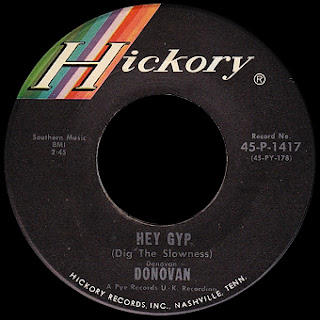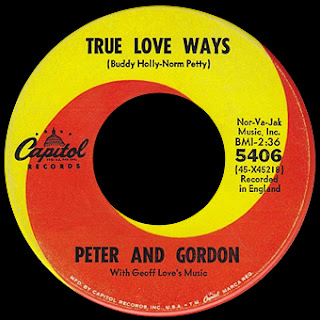I must apologize for being gone for about 10 days, but I needed a little vacation from writing to take care of other aspects of my life. In the last few days, I’ve been familiarizing myself with some Fairport Convention albums that I bought late in my vinyl buying days and procured both “Unhalfbricking” and “Full House” used at the time.
I think the reason for my not purchasing these albums is that they were well represented on the two disc set “History of Fairport Convention” that I purchased as a British import 40 years ago during the summer of 1973. While I had continued to buy newer Fairport releases, I didn’t add these two LPs to my collection until much later. The result is that I don’t know these two albums as well as I do others including some that are not as memorable but good in their own right.
As for “Unhalfbricking,” it was released in the US with a different cover than the UK version and I believe I have both versions in my collection – but I can’t swear to it. I know I at least have the American release on A&M with the silly elephant cover. The original UK version of the album had Fairport in a garden with Sandy Denny’s parents in the foreground. The album’s strange name was a concoction of Denny’s via a word game that the band played on the way to gigs.
“Unhalfbricking” features the band’s take on three Bob Dylan tunes that had not yet appeared on any of his officially released albums: “Million Dollar Bash, “Si Tu Dois Partir,” and “Percy’s Song.” “Si Tu Dois Partir” was a French language version of “If You Gotta Go, Go Now” and the Liverpool Five and Manfred Mann both released the English versions of the song in 1965.
It is said that Dylan’s UK publisher had a listening party of the recently recorded but unreleased “Basement Tapes” and the band chose those three songs to record. I tend to believe it may have been Dylan’s management company, as all three songs are credited to different publishers and “Million Dollar Bash” was the only one from the “Basement Tapes” sessions.
“If You Gotta Go, Go Now” was originally recorded during Dylan’s “Bringing it Back Home” album in 1965. “Percy’s Song” was older and had been omitted from Dylan’s 1963 “The Times They Are A-Changin’” LP. The band also recorded a fourth Dylan tune, “Dear Landlord,” which did not make it to the vinyl release, but was later added to the CD version as an extra cut along with “Ballad of Easy Rider.”
“Percy’s Song” was the first song recorded for “Unhalfbricking” and includes Iain Matthews on back-up vocals. It was the only song on the album with which he appeared just prior to his leaving the band. In many ways, “Unhalfbricking” was an album of transitions for Fairport Convention.
Matthews, who had been with the group from the first album, left during the sessions. Drummer Martin Lamble, another original member, was killed in a tragic accident while the band was returning from a gig. Fairport was beginning to move into an electric folk direction with the recording of “A Sailor’s Life,” and Dave Swarbrick would contribute his fiddle and mandolin on four cuts.
Swarb would become a full-fledged member of Fairport Convention with the release of the next album: “Liege and Lief,” as would drummer Dave Mattacks whose only contribution to “Unhalfbricking” was playing on the bonus track “Ballad of Easy Rider.”
In relation to the crash that killed Lamble and Richard Thompson’s girlfriend, “Percy’s Song’s” seventh verse was strangely prophetic:
A crash on the highway
Flew the car to a field
Turn, turn, turn again
There was four persons killed
And he was at the wheel
Turn, turn to the rain
And the wind
Although only two people died, others in the van were badly injured and the accident would have a devastating effect upon Fairport.
From a recording standpoint, “Percy’s Song” starts as an a cappella number and crests and recedes with instrumentation. The vocals are joined successively in order by an acoustic guitar, bass and drums, electric dulcimer, electric guitars, and organ. Toward the song’s end, the instrumentation diminishes to an acoustic guitar, dulcimer, bass, and drums.
Then again the song begins to build with the addition of electric guitars and finally the organ reappears. At the fade, all that is heard is an acoustic guitar, dulcimer, and organ – sweet. It really is a nice arrangement and shows what creative production can do. My goodness, Joe Boyd was a genius in the studio. I hope you enjoy this classic track from 1969 for our Wooden Music Wednesday.































